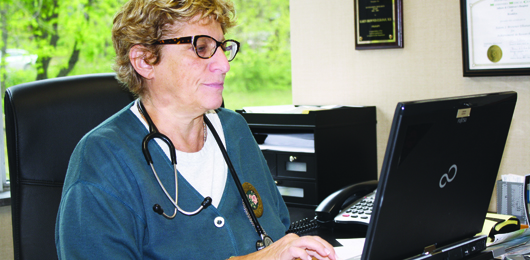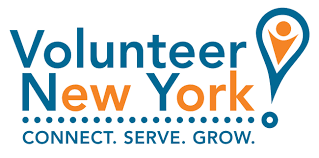
As Dr. Marcie Schneider puts it, this is a very transitional age group. Not only are their bodies and minds transitioning, so is the responsibility for their medical care.
She founded Greenwich Adolescent Medicine in July 2005. But her training and experience in adolescent medicine goes back much farther than that. After completing her pediatric residency at Montefiore Medical Center in the Bronx, she went to North Shore University Hospital in Manhasset where she did her fellowship training in adolescent medicine. There she stayed for 13 years. During that period she was associate chief of the division of adolescent medicine and medical director of the eating disorders program. In 1999, Greenwich Hospital recruited her to start an adolescent medicine program. Six years later, she founded the practice where she remains today. Another doctor, Sara Buchdahl Levine, joined in July 2008.
“It”™s a relatively small field,” Schneider said. “There are only about 600 or 700 of us in the whole country who are boarded (board certified) in this sub-specialty.”
She said being a specialist in adolescent medicine is different than being a pediatrician who says he or she also treats adolescents. Half of what she does, she said, is general well care of adolescents, who are defined as being between the ages of 10 and 25. The American Academy of Pediatrics defines the end of pediatrics as age 22. But the Society for Adolescent Health and Medicine says it”™s the end of the 25th year or when a person turns 26. “Most kids between 22 and 25 are floating,” Schneider said. “They”™re in grad school, they haven”™t settled down.” Her office gets very few new 25-year-olds; most of the older patients started when they were much younger.
As for the other half of being a specialist in adolescent medicine, she said that consists of working in the sub-specialities of eating disorders, obesity, gynecological issues, behavioral issues and growth and development.
Treatment usually begins with what is known as a HEEADSSS (heads) assessment, a screening acronym for all the areas of a patient”™s life that should be examined ”“ home, education or employment, eating, activities, drugs, sex, suicidality, safety and strengths. “A 12-year-old might be asked, ”˜Are you going to parties? Are kids your age dating?”™ I recently saw a young woman who was thinking of going on birth control pills. Initially she decided not to. Then she called back, reconsidering. We”™re trying over time to give kids more responsibility for their health care.”
The issue of patient confidentiality and parental involvement is a sticky one, especially since New York state has no minimum age for patient confidentiality. “Sometimes what I do,” said Dr. Karen Browner-Elhanan, the medical director and adolescent specialist at BridgeSpan Medicine in White Plains, “is say to the parent, ”˜I”™m going to examine your child now, why don”™t you have seat in the waiting room and we”™ll call you in.”
She said she and the two other doctors in her practice, Jody Ross and Patricia Avvocato, try to be more understanding of the lifestyle of an adolescent. “There”™s a real difference in approach to the management of adolescence. And here, an adolescent gets it all under one roof, whether it”™s a mental health issue or an eating disorder. It”™s a more general approach.”
Schneider expressed similar sentiments. “We put in the looking-at-the-whole-person part of it,” she said, “even if we”™re dealing with a chronic disease, like diabetes, asthma, or Crohn”™s disease. We need to know where they”™re going to school, if it”™s time for college, what resources they”™ll have, anything so they”™ll be able to live as happy and healthy a life as they can.”
And when it is time for a patient to leave home and go to college, Dr. Schneider says she has a role to play there too. “We want to make sure they know what medications they”™re on, that they know how to access the health service at school. Also, that they know that they have to give their parent permission to talk to the health service, or else they can”™t. Even though they”™re not at home anymore, they want Mom and Dad to still be involved.”


















